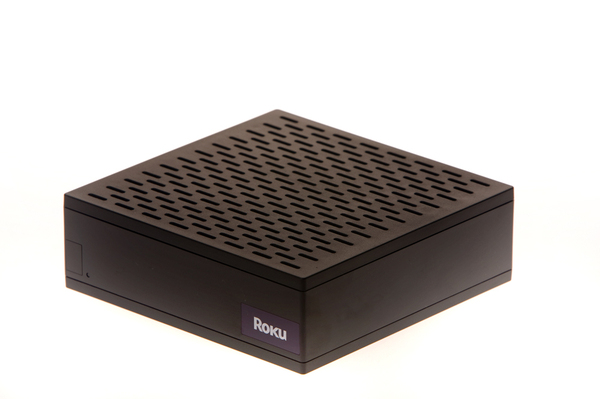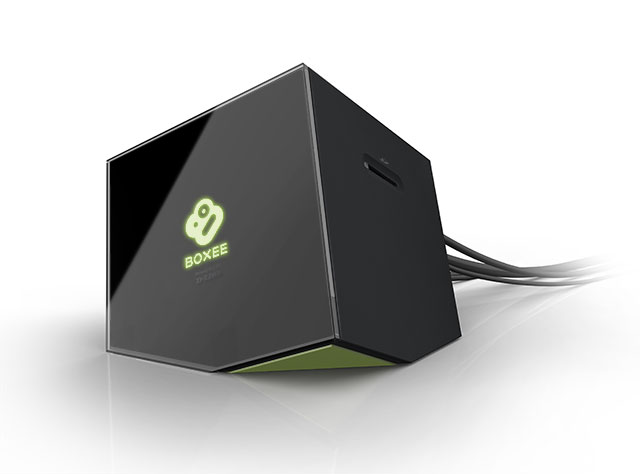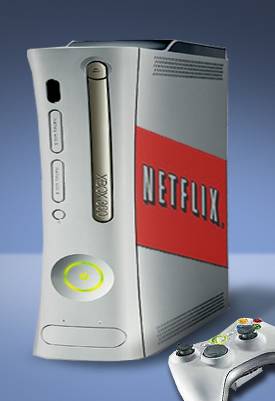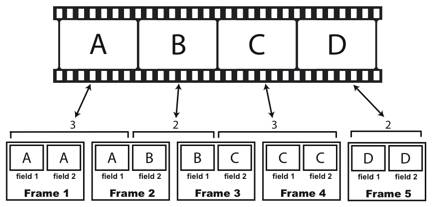 |
T356 2015 - Week 13
Agenda
Readings:
Review ratings & shares for quiz
Field Production & Big Remotes / Covering major events Sports Remotes - Crews can be very large - more than 100 people are needed for a major sports event. Check out the floor plans for the various events in the Zettl book. Always remember a solid establishing shot and adhering to the 180 degree rule. Mics that have to pick up sound from a long distance are typically shotgun and/or parabolic.
Communication systems. Remote operations depend heavily on reliable communication devices. Producers often distribute cell phones to production team leaders.
IFB - Interruptible feedback or foldback (British term used to describe headphone feeds). Usually an earpiece worn by the talent so that they can receive instructions/information by the director. Signal transport & delivery Programming can be delivered in three ways:
Most programming is delivered in some form of MPEG. Terrestrial broadcasting uses the electromagnetic spectrum. The FCC was originally tasked with overseeing the broadcast spectrum, which is used by television, radio, the military, cell phone companies, and even your garage door openers.
Satellite Systems - All geosynchronous communication satellites orbit the earth above the equator 22,236 miles / 35,786 km above the earth). In other words all of the downlink satellite dishes you see are pointed towards the south (somewhere over the equator). Satellites used for broadcast are either C or KU band. KU band dishes can be smaller (2 feet). Direct broadcast satellites or DBS (such as DISH or DirectTV) operate on the KU band.
Transponder - a combination receiver/transmitter found in the communication satellites. Microwave transmission - Power & size varies. Very small, focused signal. Don’t stand in front of one! Can go from camera to truck, truck to relay station, truck to satellite, or directly to the station. Wired/Cable-based systems - Twisted pair, Coaxial & fiber-optic. Compared to cable or fiber-optic, twisted pair (E.g. traditional phone line) is capable of carrying the least amount of information. Most cable companies started out with coaxial cable. Most now are using fiber-optic, which is capable of carrying more information.
Convergence - These have been interesting times, as cable companies are now offering phone service and phone companies are offering TV. Many consumers are giving up monthly channel contracts as more and more TV programming is accessible via the Internet. It's possible to get a great deal of free programming over broadband. Usually the free content is interspersed with commercials. (Sound familiar?) Easy to use set top boxes and even game consoles provide a way to stream content directly to your TV, bypassing the cable or satellite tuner.
World TV Standards & Digital TV World analog TV platforms:
NTSC (National Television Systems Committee) definition of standard definition TV, (used in North America, some of South America, Japan, etc) uses a frame rate close to 30, roughly 29.97 frames per second. There are 525 scan lines; approximately 480 of these are visible. The HD (high definition) standard for broadcast has been created by the ATSC, the Advanced Television Systems Committee, which was formed at the urging of the FCC to establish standards for the new high definition formats. PAL (Phase Alternate Line) is used in most of Europe, Australia, & Asia and runs at 25 frames per second using 625 lines. SECAM (Sequential Color and Memory) Here in the US, the NTSC analog standards are still being used by legacy gear. However all of the new digital broadcasting and distribution follow the ATSC guidelines. ATSC - A number of industry associations, corporations, and educational institutions formed the Advanced Television Systems Committee (ATSC) in 1982. The ATSC is a not-for-profit organization that develops voluntary standards for advanced television systems (www.atsc.org). Such advanced systems include enhanced analog TV, digital TV (DTV), standard definition TV, high-definition TV, and data services. The ATSC’s published broadcast standards are voluntary unless adopted and mandated by the FCC. In December 1996, the FCC adopted most of the standards proposed by the ATSC, mandating that broadcasters begin broadcasting digitally. Converting 24p video & film to interlaced 60i video When converting film or 24p video to 30/60i (29.97) video we use a 3:2 Pulldown See Film runs at 24 frames per second. 24p refers to video shot at 24 frames per second progressive- that means there are no fields. Since film runs at 24 fps and video runs about 30 interlaced fps, the two aren't directly interchangeable at least on a frame for frame basis. (To be more precise, 23.976 film frames become 29.97 video frames.) In order to transfer film to 30 fps video, the film frames must be precisely sequenced into a combination of video frames and fields. A telecine is a piece of hardware containing a film projector sequenced with a video capture system. The telecine process is a term used to describe the process of converting film to video, also called a 3 2 pulldown. In the 3-2 pulldown each frame of film gets converted to 2 or 3 fields of video. Note how four (24p fps) frames are converted to five interlaced frames (30i fps).
The problem with converting film frames to fields, is that some video frames have fields from two different film frames. If you think about it you'll see that this can present all types of problems. Terms & abbreviations you should know:
Up to Jim Krause's T356 homepage
|
||||||||||
|
|



